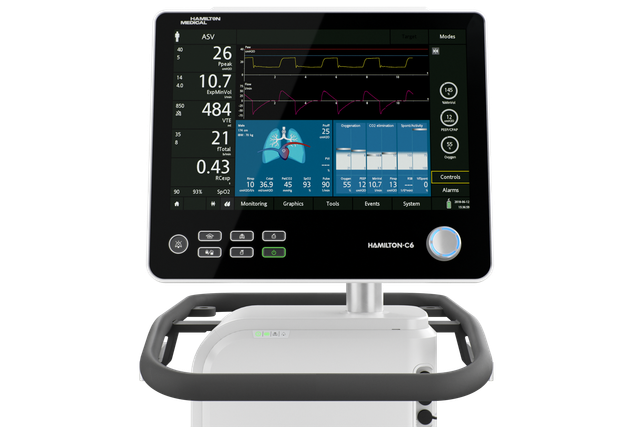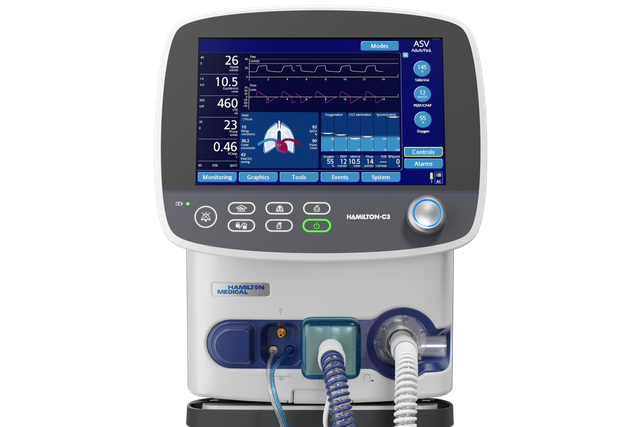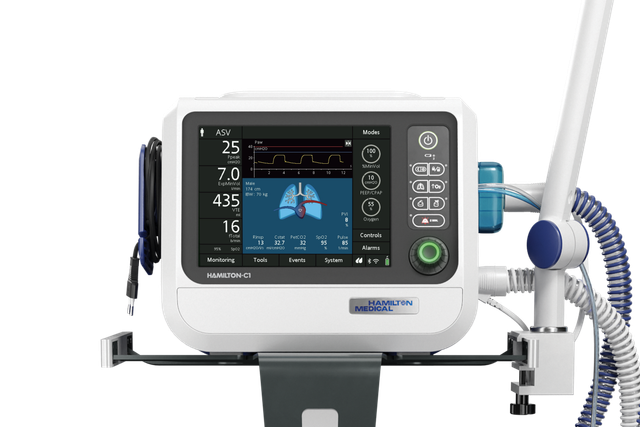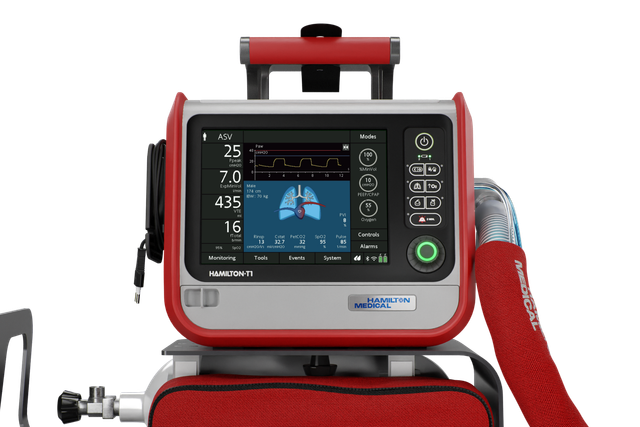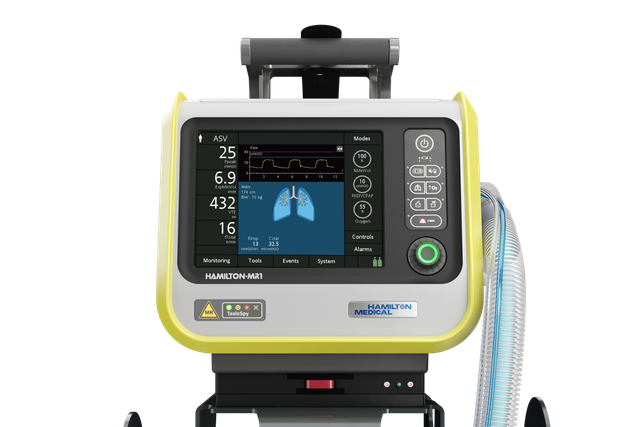
Around the clock. Adapting to the patient 24/7
Adaptive Support Ventilation (ASV) is a ventilation mode that selects and continuously adapts respiratory rate, tidal volume, and inspiratory time depending on the patient’s lung mechanics and effort.
Breath by breath, 24 hours a day, from intubation to extubation.
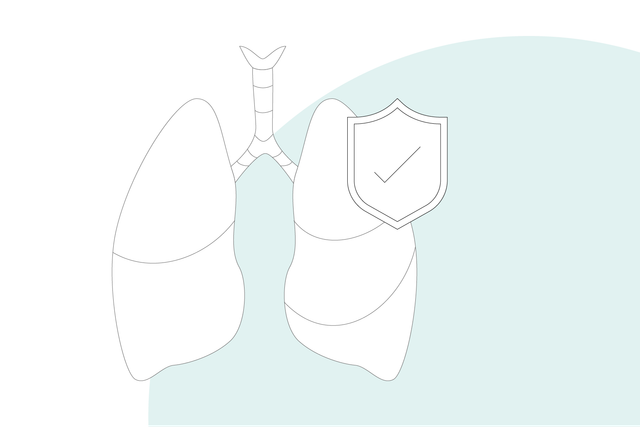
Follow the rules! Lung protection with every breath
ASV automatically employs lung‑protective strategies to minimize complications from AutoPEEP and volutrauma/barotrauma (
Within the rules of this lung‑protective strategy, ASV encourages the patient to breathe spontaneously (
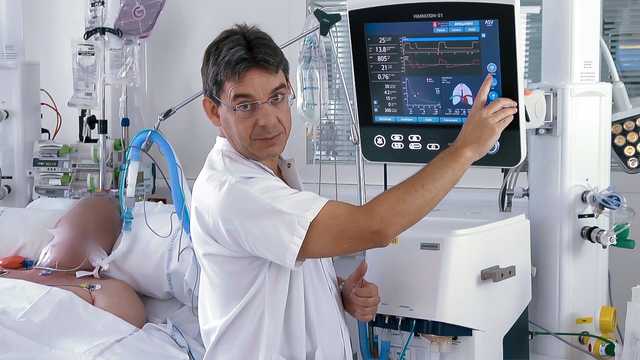
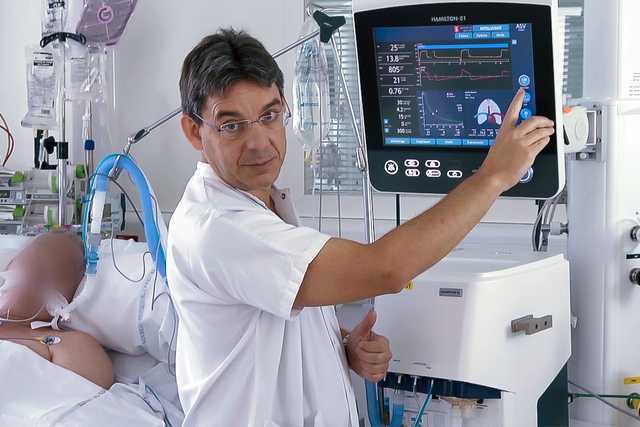
How does it work? ASV explained at the bedside
In this video, Dr. Jean‑Michel Arnal, Senior Intensivist, gives you a quick demonstration of the main functionalities and settings in ASV on a real ICU patient.
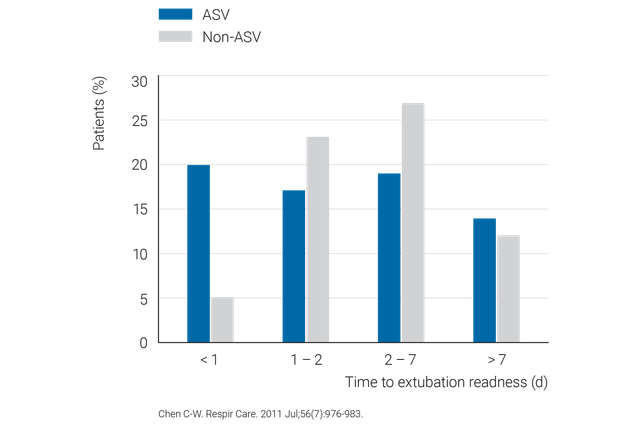
Do you have proof? A look at the evidence
- In active patients, ASV decreases work of breathing and improves patient‑ventilator synchrony (
Wu CP, Lin HI, Perng WC, et al. Correlation between the %MinVol setting and work of breathing during adaptive support ventilation in patients with respiratory failure. Respir Care. 2010;55(3):334-341. 4 ,Tassaux D, Dalmas E, Gratadour P, Jolliet P. Patient-ventilator interactions during partial ventilatory support: a preliminary study comparing the effects of adaptive support ventilation with synchronized intermittent mandatory ventilation plus inspiratory pressure support. Crit Care Med. 2002;30(4):801-807. doi:10.1097/00003246-200204000-000145 ) - In the ICU, ASV decreases the weaning duration in patients recovering from acute respiratory failure (
Chen CW, Wu CP, Dai YL, et al. Effects of implementing adaptive support ventilation in a medical intensive care unit. Respir Care. 2011;56(7):976‑983. doi:10.4187/respcare.009666 ) and COPD patients (Kirakli C, Ozdemir I, Ucar ZZ, Cimen P, Kepil S, Ozkan SA. Adaptive support ventilation for faster weaning in COPD: a randomised controlled trial. Eur Respir J. 2011;38(4):774‑780. doi:10.1183/09031936.000815107 ) - In post‑cardiac surgery, ASV allows earlier extubation than conventional modes (
Gruber PC, Gomersall CD, Leung P, et al. Randomized controlled trial comparing adaptive-support ventilation with pressure-regulated volume-controlled ventilation with automode in weaning patients after cardiac surgery. Anesthesiology. 2008;109(1):81-87. doi:10.1097/ALN.0b013e31817881fc8 ,Sulzer CF, Chioléro R, Chassot PG, Mueller XM, Revelly JP. Adaptive support ventilation for fast tracheal extubation after cardiac surgery: a randomized controlled study. Anesthesiology. 2001;95(6):1339-1345. doi:10.1097/00000542-200112000-000109 ) with fewer manual adjustments (Petter AH, Chioléro RL, Cassina T, Chassot PG, Müller XM, Revelly JP. Automatic "respirator/weaning" with adaptive support ventilation: the effect on duration of endotracheal intubation and patient management. Anesth Analg. 2003;97(6):1743-1750. doi:10.1213/01.ANE.0000086728.36285.BE2 ) and fewer ABG analyses performed (Sulzer CF, Chioléro R, Chassot PG, Mueller XM, Revelly JP. Adaptive support ventilation for fast tracheal extubation after cardiac surgery: a randomized controlled study. Anesthesiology. 2001;95(6):1339-1345. doi:10.1097/00000542-200112000-000109 ) - The driving pressure (ΔP) applied to the respiratory system in pediatric patients is lower using ASV 1.1 compared to APV‑CMV (
Ceylan G, Topal S, Atakul G, et al. Randomized crossover trial to compare driving pressures in a closed-loop and a conventional mechanical ventilation mode in pediatric patients. Pediatr Pulmonol. 2021;56(9):3035-3043. doi:10.1002/ppul.2556110 ) - Compared with PCV, ASV decreases the mechanical power transferred from the ventilator to the respiratory system by lowering pressure and respiratory rate (
Buiteman‑Kruizinga LA, Mkadmi HE, Schultz MJ, Tangkau PL, van der Heiden PLJ. Comparison of Mechanical Power During Adaptive Support Ventilation Versus Nonautomated Pressure‑Controlled Ventilation‑A Pilot Study. Crit Care Explor. 2021;3(2):e0335. Published 2021 Feb 15. doi:10.1097/CCE.000000000000033511 )

Good to know! ASV training resources
Availability
ASV is a standard ventilation mode on all our critical care ventilators.
For more information
References
- 1. Sulemanji D, Marchese A, Garbarini P, Wysocki M, Kacmarek RM. Adaptive support ventilation: an appropriate mechanical ventilation strategy for acute respiratory distress syndrome?. Anesthesiology. 2009;111(4):863‑870. doi:10.1097/ALN.0b013e3181b55f8f
- 2. Petter AH, Chioléro RL, Cassina T, Chassot PG, Müller XM, Revelly JP. Automatic "respirator/weaning" with adaptive support ventilation: the effect on duration of endotracheal intubation and patient management. Anesth Analg. 2003;97(6):1743‑1750. doi:10.1213/01.ANE.0000086728.36285.BE
- 3. Linton D, Brunner J, Laubscher T. Continuous use of an adaptive lung ventilation controller in critically ill patients in a multi‑disciplinary intensive care unit .Sou Af Med J. 1995 May;85(5): 432‑5.
- 4. Wu CP, Lin HI, Perng WC, et al. Correlation between the %MinVol setting and work of breathing during adaptive support ventilation in patients with respiratory failure. Respir Care. 2010;55(3):334‑341.
- 5. Tassaux D, Dalmas E, Gratadour P, Jolliet P. Patient‑ventilator interactions during partial ventilatory support: a preliminary study comparing the effects of adaptive support ventilation with synchronized intermittent mandatory ventilation plus inspiratory pressure support. Crit Care Med. 2002;30(4):801‑807. doi:10.1097/00003246‑200204000‑00014
- 6. Chen CW, Wu CP, Dai YL, et al. Effects of implementing adaptive support ventilation in a medical intensive care unit. Respir Care. 2011;56(7):976‑983. doi:10.4187/respcare.00966
- 7. Kirakli C, Ozdemir I, Ucar ZZ, Cimen P, Kepil S, Ozkan SA. Adaptive support ventilation for faster weaning in COPD: a randomised controlled trial. Eur Respir J. 2011;38(4):774‑780. doi:10.1183/09031936.00081510
- 8. Gruber PC, Gomersall CD, Leung P, et al. Randomized controlled trial comparing adaptive‑support ventilation with pressure‑regulated volume‑controlled ventilation with automode in weaning patients after cardiac surgery. Anesthesiology. 2008;109(1):81‑87. doi:10.1097/ALN.0b013e31817881fc
- 9. Sulzer CF, Chioléro R, Chassot PG, Mueller XM, Revelly JP. Adaptive support ventilation for fast tracheal extubation after cardiac surgery: a randomized controlled study. Anesthesiology. 2001;95(6):1339‑1345. doi:10.1097/00000542‑200112000‑00010
- 10. Ceylan G, Topal S, Atakul G, et al. Randomized crossover trial to compare driving pressures in a closed‑loop and a conventional mechanical ventilation mode in pediatric patients. Pediatr Pulmonol. 2021;56(9):3035‑3043. doi:10.1002/ppul.25561
- 11. Buiteman‑Kruizinga LA, Mkadmi HE, Schultz MJ, Tangkau PL, van der Heiden PLJ. Comparison of Mechanical Power During Adaptive Support Ventilation Versus Nonautomated Pressure‑Controlled Ventilation‑A Pilot Study. Crit Care Explor. 2021;3(2):e0335. Published 2021 Feb 15. doi:10.1097/CCE.0000000000000335





